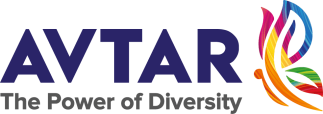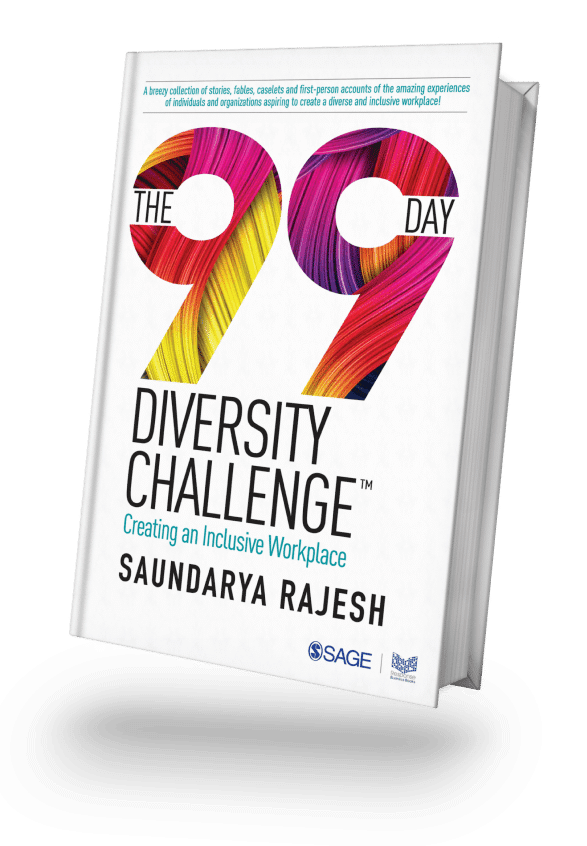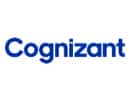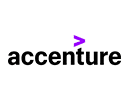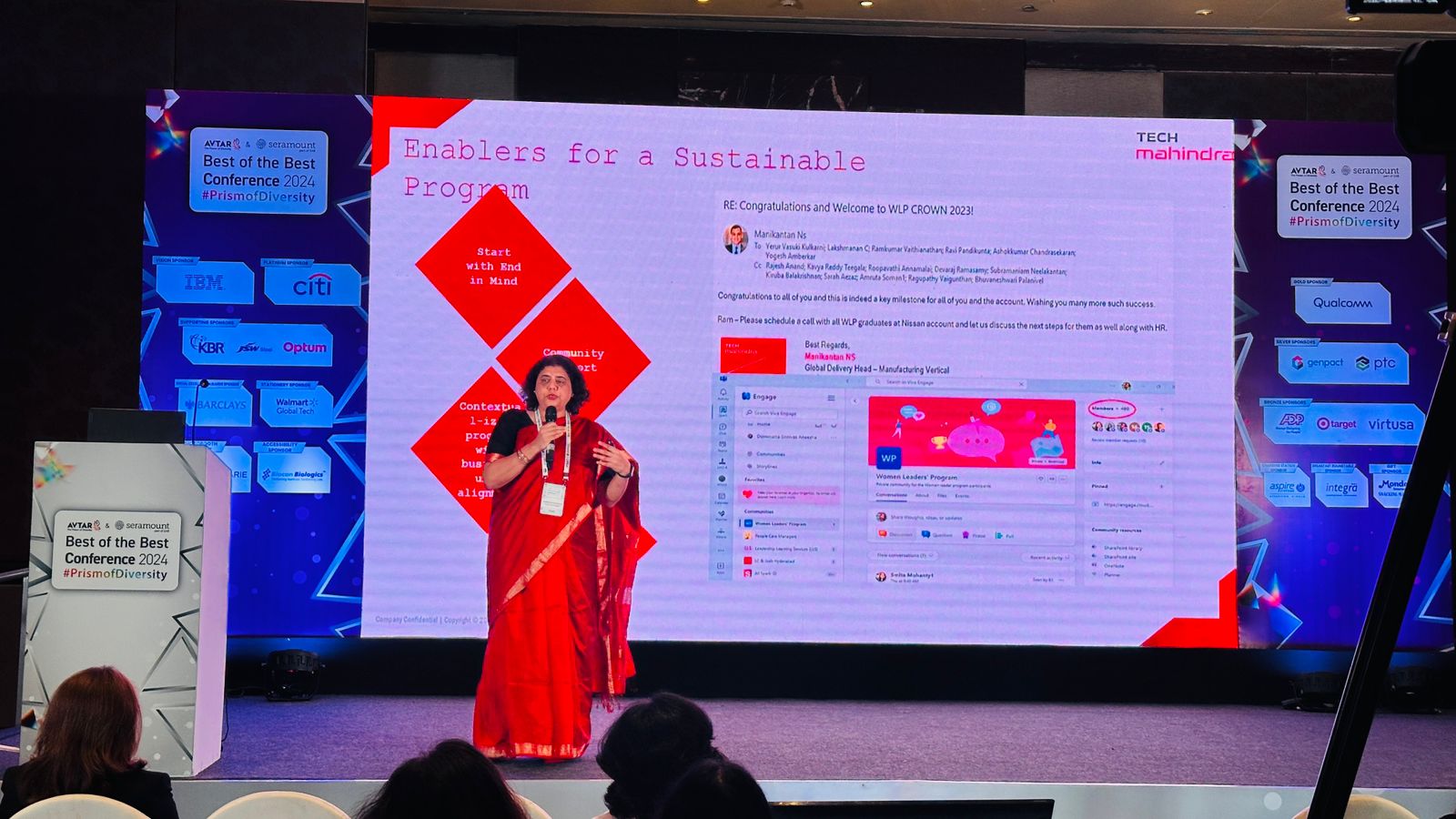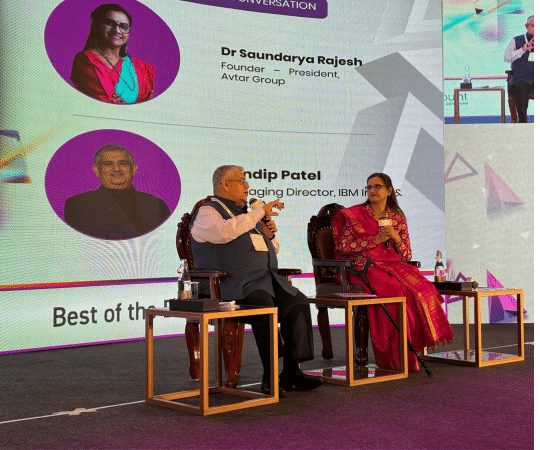While diversity can give businesses the advantages of an eclectic mix in the workforce, bringing assorted views, experiences, and solutions to the table, the realization of its potential happens with inclusion. Inclusive workplaces draw the advantages of such diversity by keeping them together, contributing to the company’s goals, while they are valued and nurtured in their own identities.
Here are 5 strategies for creating an inclusive workplace:
Sense of belonging: Ensuring that one feels connected to the organization directly reflects in their work and the desired output. Creating a sense of belonging doesn’t happen overnight or by adopting a one-size-fits-all approach. Leaders and line managers should propose to be an ally, especially to the underrepresented groups. Group managers can also make a difference when they engage people, who may not make the decision, to voice their views and opinion. A sure-shot way to boost the sense of belonging is seeking inputs from employees to know what more is expected to make them feel inclusive.
Approach from all sides: While it may seem adequate to take a top to bottom approach— from the senior-most leadership to the frontline staff— it only ensures compliance. Inclusion happens only when there is a commitment towards it by all. So, it is necessary for every employee- irrespective of the rung— to understand their role in promoting inclusion. Another way to ensure inclusion is by constantly scrutinizing and rectifying work policies. If there are pay gaps due to gender, or if someone is not being included in a project because of their sexual orientation, background, or language— iron out the issues to ensure that inclusion is approached in all ways possible.
Communication: Be it listening to their issues and addressing them or just looking up the employees often can make a world of difference. During the pandemic, organizations have adopted remote and work-from-home policies. Artificial Intelligence has made it possible to take over the process of constant interactions through chatbots and mood analyzers. Such automation helps the human resource team attend to every concern and take corrective measures when needed. Another effective outcome of constant communication and conversations is breaking the wall between different groups of people— those from across regions and cultures— to know and understand each other better dispelling biases. Companies can include these as part of their internal communication tools– newsletters, mailers, and blogs— apart from conducting events to give a glimpse into different cultures.
Employee Resource Groups (ERG): Also known as affinity groups ERGs are becoming commonplace within organizations, where people are brought together with the idea of contributing and enhancing the company’s diversity, equity, and inclusion initiatives. These are typically people with shared identities based on gender, race, and sexuality. These groups also involve allies and are powerful enough to get the issues or concerns addressed by the leadership. ERGs can be aligned with business goals, setting well-defined targets and structures, and act as an effective platform for discussion and learning. ERGs add a lot of value to employee interaction.
Mentoring: Avtar and US-based Seramount’s Best Companies for Women in India, an annual gender analytics exercise, has acknowledged mentoring as a key component in a company’s DEI goals.
So, how does it contribute to inclusion?
When a person’s potential gets noticed and supported, it serves as an incentive for him or her to perform. Mentoring is not just about supervising, but also about effectively helping them grow beyond targets and deliverables. Mentors also open the door of opportunities for the mentee to truly explore their capabilities or spot the talent and help them build on it. Mentoring also drives cultural competency when one person meets and interacts with another from a different background and ethnicity. Such exposure can bridge differences, build trust and promote understanding.
Inclusion is a process to ensure that the culture permeates to every level and is updated and modified to factor in the requirements, considering the dynamics of human interactions at the workplace.
